Crowdsourcing Science
Using Citizen Science in the Classroom
Introduction | Background Knowledge | Activities | Extensions | Standards
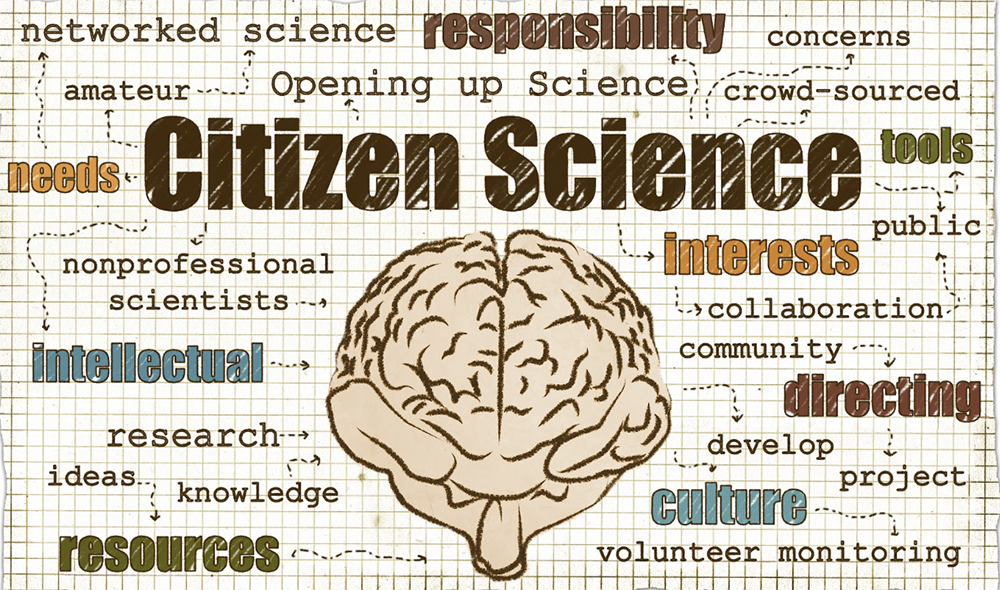
Introduction
If the local weatherperson looks out the window to see a beautiful, sunny day, does that mean it isn’t raining at your house? How would anyone know if it was raining at your house?
Citizen science.
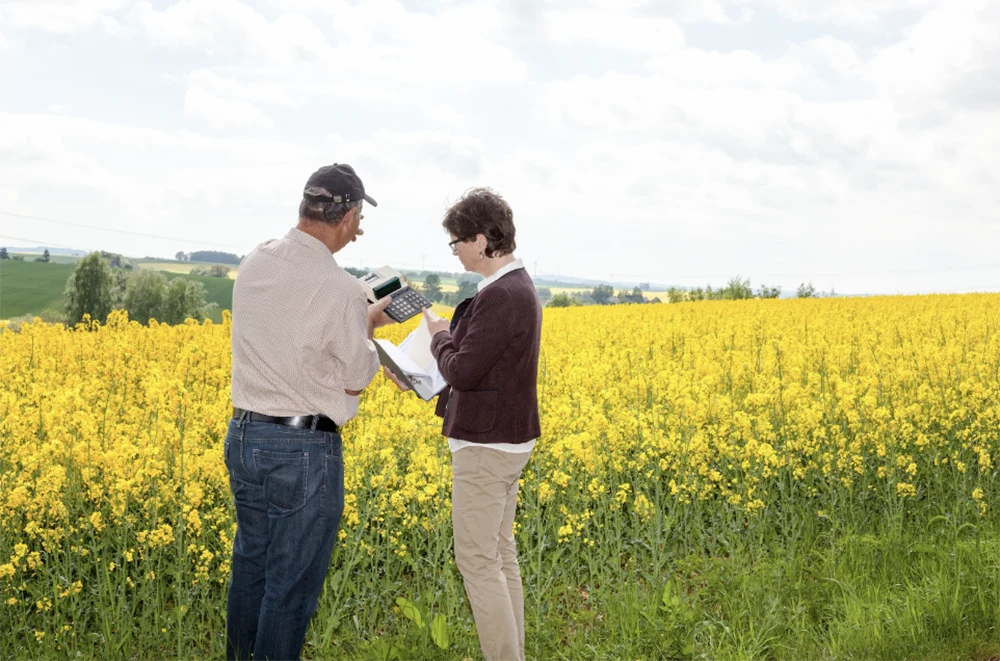
Background Knowledge
“Through citizen science and crowdsourcing, the federal government and nongovernmental organizations can engage the American public in addressing societal needs and accelerating science, technology, and innovation.”
- CitizenScience.gov
From realizing that some points of light moved differently in the night sky to noticing animals living and moving around them, people have been making and sharing observations for hundreds of thousands of years. Citizen science is built on human curiosity and the desire to share what is learned with others.
Citizen science is a movement where the general public voluntarily helps scientists conduct experiments. A scientific organization or scientist leads most projects, but citizen scientists can develop project ideas. More typically, the scientists, often funded by a federal organization or university, decide what scientific questions need to be answered, how to collect the data, and how to use the results. The people help collect the data to support the projects. These government or university-led projects are a familiar idea.
In the late 1890s, Congress established the Cooperative Observer Program (COOP) through the National Weather Service. This program, still in existence, aims to collect weather data in real-time to define the climate of the United States and support forecasts, warnings, and other public service programs. Currently, over 8,700 people collect observations around the country.
The Audubon Society has asked people to count birds on Christmas Day since 1900. The project began as a conservation initiative - if people counted birds, they would not hunt them. Data from the Christmas Bird Count has supported the Environmental Protection Agency’s climate change studies, with the count as an indicator of climate change.
More recently, the US Geological Society began asking the public, “Did You Feel That?” after geologic events in 1991. Now, citizens can report their location and the earthquake’s intensity online.
Teachers can use Citizen Science to enhance the science curriculum and support the greater science community.
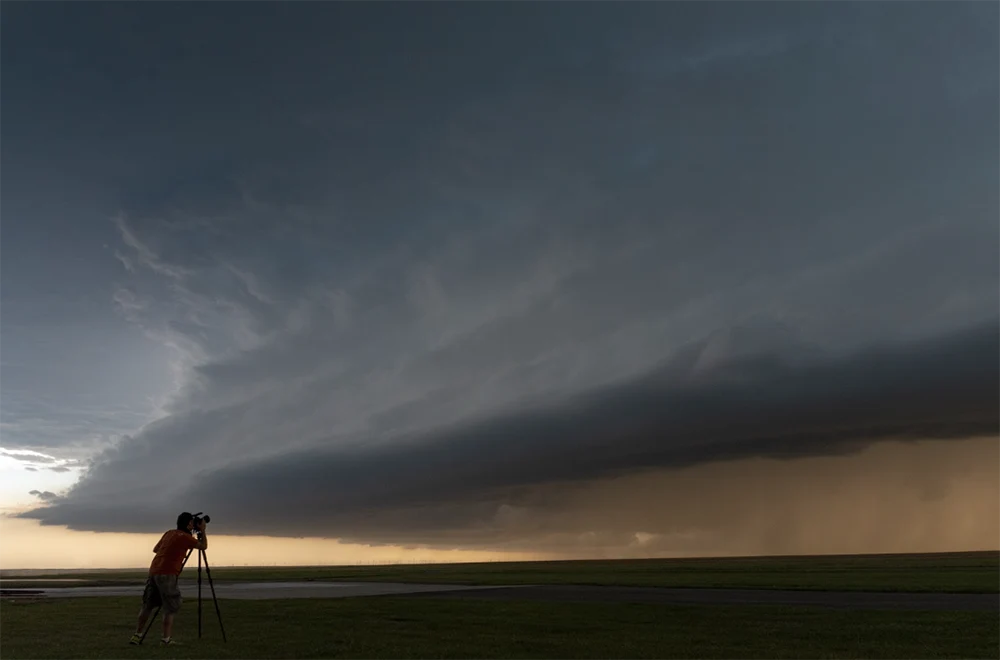
ACTIVITIES
-
Understand the basics of Citizen Science.
- Read Citizen Science: Be Part of Scientific Discover From Your Own Backyard by Loree Griffin Burns (ISBN 978-0805095173)
- Learn how to incorporate Citizen Science in the classroom with this National Science Teaching Association (NSTA) article.
- Review the Citizen Science Toolkit from the California Academy of Sciences.
- Find possible projects at Science Lessons that Rock.
- Test your understanding of Citizen Science by taking this professional development quiz on Quizizz (TeachersFirst review)
- Share this quiz on Quizizz with students to introduce the concepts of Citizen Science. Use the edit features found on Quizizz (TeachersFirst review) to differentiate the questions for different grade levels, convert them to real-world scenarios, or make all questions “fun.”
-
Help count a bat population.
- Read Bat Count: A Citizen Science Story by Anna Forrester (ISBN 978-1628558944).
- Watch the Bat Cams at Bat World Sanctuary. Before students begin their observations, ask them to hypothesize what they might see on the webcams. Ask students to share their observations in a science journal. Visit this blog post at Sunny Day Family to download a printable two-page science journal based on the PBS show Ada Twist, Scientist.
- Participate in an annual bat count. These typically occur in early June and late July (before and after baby bats are born). The New Hampshire Fish and Game Department encourages citizens to count the bats they see and send in the data. Woodlands Park Zoo in Seattle also has a bat counting program for the public.
-
Support Ornithology.
- Read Counting Birds: The Idea that Helped Save Our Feathered Friends by Heidi E. Y. Stemple (ISBN 978-1633226043)
-
Learn about the Audubon Society’s Christmas Bird Count by reading Bird Count by Susan Edwards Richmond (ISBN 978-1561459544).
- Pair this book with Finding a Dove for Gramps by Lisa Amstutz (ISBN 978-0807512791)
- Count birds for the Great Backyard Bird Count.
-
Report sea turtle sightings.
- Read Follow the Moon Home: A Tale of One Idea, Twenty Kids, and a Hundred Sea Turtles by Philippe Cousteau (ISBN 978-1452112411)
- Become a Sea Turtle Spotter.
- Monitor sea turtles in the San Gabriel Watershed.
- Watch for nesting on the coast of North Carolina.
-
Watch for Monarchs.
- Read Monarch Butterflies: Explore the Life Journey of One of the Winged Wonders of the World by Ann Hobbie (ISBN 978-1635862898)
- Search for a monarch project at SciStarter.
- Find projects and resources for getting involved at Monarch Joint Venture.
- Incorporate reading skills, strategies, and writing with Journey North, which tracks animal migration, including the Monarch Butterfly.
-
Plant a Garden.
- Read The Curious Garden by Peter Brown (ISBN 978-0316015479).
- Find and observe plants in the community and connect via Budburst (TeachersFirst review).
- Consider the impact of climate change on plants through a lesson plan from the California Academy of Sciences.
- Visit School Garden Resources (TeachersFirst review) to find ideas and inspiration for building and supporting school gardens.
- Read this blog post from TeachersFirst - 5 Steps to Planting a School Garden to find many tips for creating and sustaining a successful school garden.
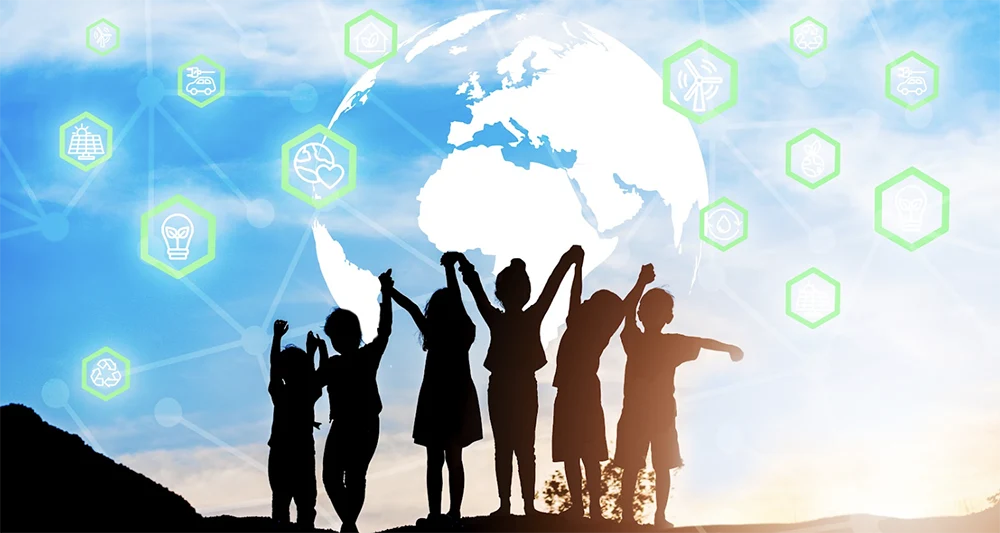
EXTENSIONS
-
Create a Citizen Science Project
- Think of a project that could include the entire school. Do you want to observe pollinators? Do you want to measure the rainfall or parking lot flooding? Review the Citizen Science Project Planning guide. Use Displayr (TeachersFirst review) to organize data.
-
Maintain engagement and interest in Citizen Science projects by providing consistent updates using digital tools.
- Create a website with Canva (TeachersFirst review) or Google Sites (TeachersFirst review) to share project updates weekly or biweekly. Include a link to your project website in newsletters and your LMS. Include students’ drawings, recorded observations, and pictures to increase interest and engagement with your project.
- Build a podcast sharing data and information about your Citizen Science project. Ask different grades or classes to record episodes on a rotating basis. Find many ideas for free podcast creation tools at the TeachersFirst Podcast Creators Special Topics Page.
- Remember to share updates on social media sites, including X (formerly Twitter), Facebook, and Instagram.
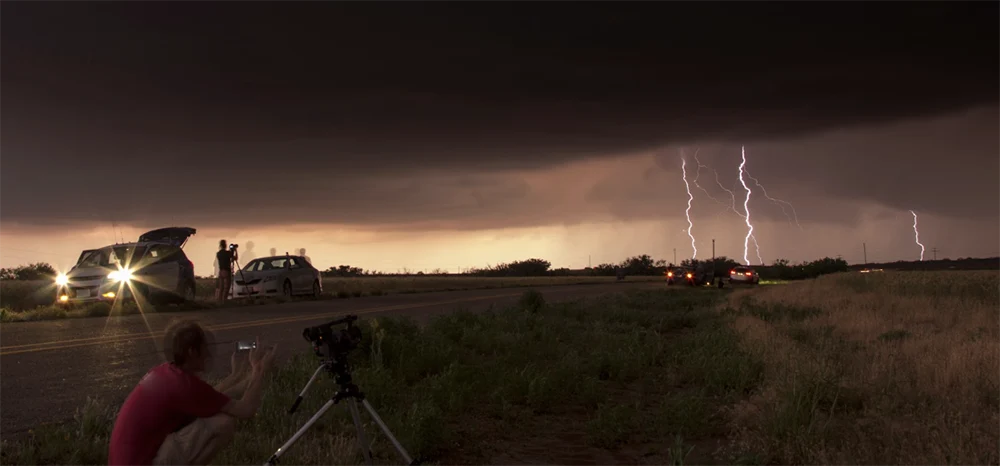
CORRELATION TO STANDARDS
-
AASL National School Library
Standards
- Inquire Shared Foundation, Think Domain - Learners display curiosity and initiative by: 1. Formulating questions about a personal interest or a curricular topic. 2. Recalling prior and background knowledge as context for new meaning.
- Inquire Shared Foundation, Share Domain - Learners adapt, communicate, and exchange learning products with others in a cycle that includes: 1. Interacting with content presented by others. 2. Providing constructive feedback. 3. Acting on feedback to improve. 4. Sharing products with an authentic audience.
- Include Shared Foundation, Share Domain - Learners exhibit empathy with and tolerance for diverse ideas by: 1. Engaging in informed conversation and active debate. 2. Contributing to discussions in which multiple viewpoints on a topic are expressed.
- Include Shared Foundation, Grow Domain - Learners demonstrate empathy and equity in knowledge building within the global learning community by: 1. Seeking interactions with a range of learners.
- Collaborate Shared Foundation, Think Domain - Learners identify collaborative opportunities by: 1. Demonstrating their desire to broaden and deepen understandings. 2. Developing new understandings through engagement in a learning group. 3. Deciding to solve problems informed by group interaction.
- Collaborate Shared Foundation, Create Domain - Learners participate in personal, social, and intellectual networks by: 1. Using a variety of communication tools and resources. 2. Establishing connections with other learners to build on their own prior knowledge and create new knowledge.
- Collaborate Shared Foundation, Grow Domain - Learners actively participate with others in learning situations by: 2. Recognizing learning as a social responsibility.
- Explore Shared Foundation, Think Domain - Learners develop and satisfy personal curiosity by: 1. Reading widely and deeply in multiple formats and writing and creating for a variety of purposes.
- Explore Shared Foundation, Create Domain - Learners construct new knowledge by: 1. Problem solving through cycles of design, implementation, and reflection.
- Explore Shared Foundation, Share Domain - Learners engage with the learning community by: 3. Collaboratively identifying innovative solutions to a challenge or problem.
- Explore Shared Foundation, Grow Domain - Learners develop through experience and reflection by: 1. Iteratively responding to challenges. 2. Recognizing capabilities and skills that can be developed, improved, and expanded. 3. Open-mindedly accepting feedback for positive and constructive growth.
-
ISTE Standards for Students
- Empowered Learner - 1b. Students build networks and customize their learning environments in ways that support the learning process. 1c. Students use technology to seek feedback that informs and improves their practice and to demonstrate their learning in a variety of ways.
- Knowledge Constructor - 3d. Students build knowledge by actively exploring real-world issues and problems, developing ideas and theories, and pursuing answers and solutions.
- Innovative Designer - 4d. Students exhibit a tolerance for ambiguity, perseverance, and the capacity to work with open-ended problems.
- Global Collaborator - 7c. Students contribute constructively to project teams, assuming various roles and responsibilities to work effectively toward a common goal.
